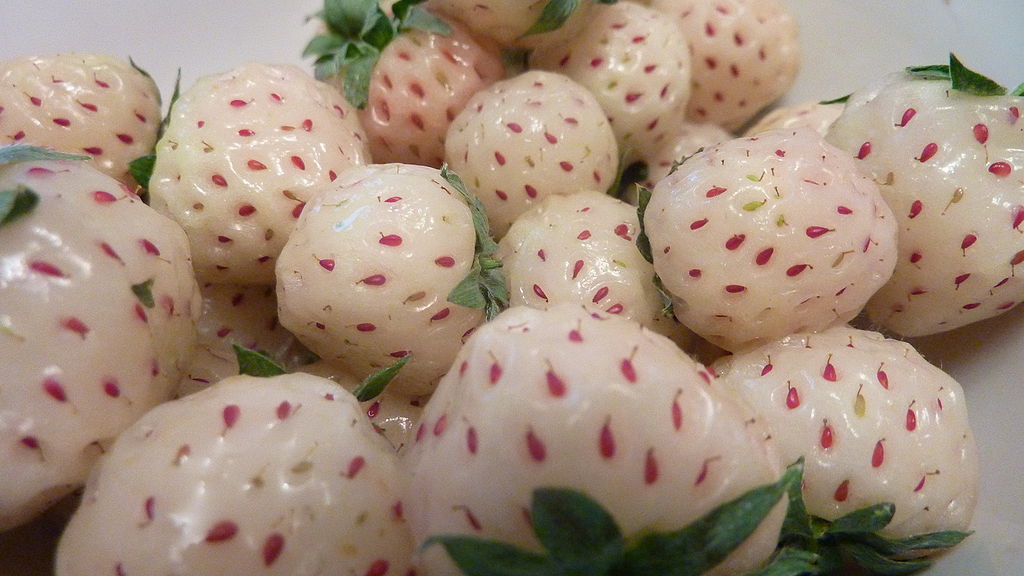Another post from Troll in the Corner, this time from February 3rd 2012.
There’s an important rule in GMing: show, don’t tell.
Now, when you put a setting together, you of course tell the players various things, but once the game is in full swing, it’s obviously much more important to involve the players in as many ways as possible.
So, here’s a few fun things I’ve been toying with, and that are talked about sometimes by various designers (John Wick springs to mind).
Pulling your players in by giving them extra stimuli for their fun makes them more involved, more eager to learn more about the setting, and usually means we all get to try something new.
Adding in aged maps as props is easily done, and a very effective tool, as are using miniatures for action scenes so everyone can easily see the actions.
Outside of action, advice begins to falter, but we can always take good cues from print fiction.
I’m told George R. R. Martin makes a big show writing about the food in his books. A confession: I haven’t read them yet (but when I did, I hated them!), so I can’t really talk too much on that other than what I understand. Why not have a feast happen in your game, and really celebrate it. Describe it in lurid detail. Pigeon and partridge pie, persimmon and bearberry jam, roast swan. Or even roast owlbear, Elderwitch wine and triceratops egg omelettes. Or spoo. Mention sizzlings and dripping and guzzling and bubbling and steaming. Vivid and effective.
My favourite example of this neat description comes from Sergei Lukyanenko’s Night Watch series. Two characters are sat around during a rare moment of downtime between magical blasts of madness. They are drinking vodka, eating pickled cucumbers and sauerkraut. A simple little meal, but the way the food is described as crisp and fresh and complimenting the vodka made my mouth water when I first read it and now.
Sometimes, that effect is paramount to really motivating players.
The next step of course is the real sensations.
If you have a friend with armour and swords, see if you can get them involved in your game (if they aren’t already). Failing that, go stand in their back yard with your group and get everyone to hold a sword at arms length. Or go to an archery range if there’s a beginners event. Or a renaissance faire (I assume, we don’t have those where I’m from).
Burn incense in temple scenes, or when the players are soon to encounter a dark ritual, or when they have to resurrect a friend – or attend that party member’s funeral.
Make a big deal of it.
Add food to the gaming table. Avoid pizza as the group source of sustenance, and make a choice between setting or situation.
In a setting like Wolfgang Baur’s Free City of Zobeck (I’m leaving that wayback machine link, just as a reminder of where Midgard began), maybe you’d favour goulash or borscht. In a game based on the Arabian Nights, sugared dates and baklava. A samurai adventure lets the players sample sushi and wasabi and sake.
Now consider the situational changes to foodstuffs.
The group has to hike through the mountains with only basic rations? Dried fruits, bread, cheeses and cured meats. The group finds itself in a despicable hive of scum and villainy? Break out the blue food colouring. The Elves/Dwarves/Goblins have a delicacy that few humans have ever tasted? Pineberries, or bacon chocolate, or sweet and sour mushrooms, or pitta bread filled with jerked goat.
There’s a deli around the corner from my house that sells olives stuffed with gherkins, and the taste and texture are suitably odd you could drop them in any setting easily as ‘something out of the ordinary’.

Immersion breeds exploration and involvement. So why not immerse your players with every sense at their disposal?